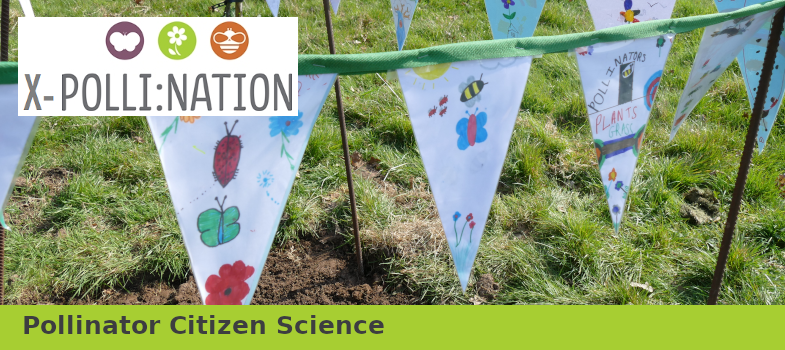Introduction to Citizen Science
What is Citizen Science and how you can get involved.
2. Citizen Science for Pollinator Monitoring
Currently there is much concern about the decline in pollinator populations. These declines have been linked to several factors, including pesticide use and the drastic loss of wildflower habitats. Although many people are concerned that our bees, butterflies and other pollinator numbers are falling, we often don’t know the extent of these declines and how we can help. This has led to a strong call for collaborative research efforts among scientists, educators, and the public to educate people in how to take action to help pollinators and to monitor their numbers.
Several citizen science projects now engage with the public about pollinators. To help monitor pollinator numbers, many projects involve gathering data in the form of photographs of pollinating insects taken in gardens and elsewhere and submitting that information to the project. The pollinators in the photographs are identified, either by other users of the citizen science site, or by experts overseeing the site. New developments in computer technology now means that identification can increasingly be done by using image recognition technologies.
Citizen science projects that engage the public in how to take action to help pollinators often encourage the public to plant pollinator-friendly plants in their gardens and shared outdoor spaces. Since gardens cover over 1 million hectares in the UK they can be thought of as a national nature reserve for our pollinators! By then recording what pollinators visit our gardens or local outdoor spaces this is a great way to contribute to knowledge about the overall status of UK pollinators.
Citizen science is therefore a powerful way to both monitor changes in pollinator numbers across broad geographic areas and timescales, and to educate and encourage people to make practical choices to help pollinating insects.
